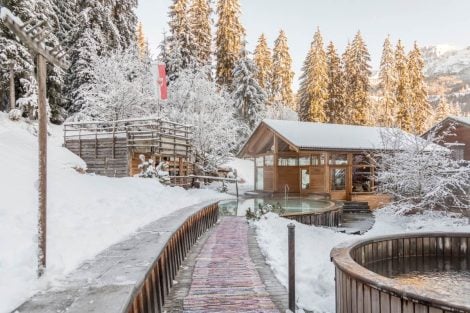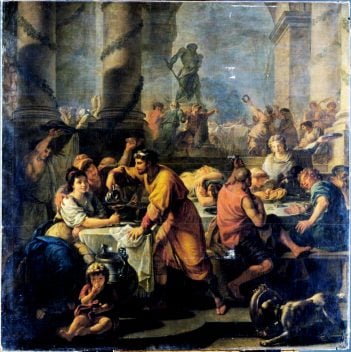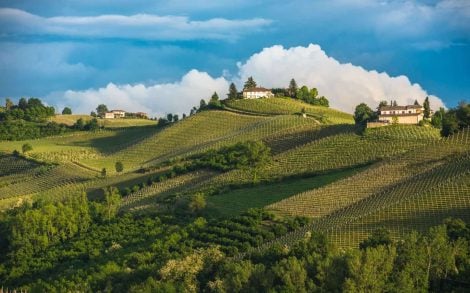The story of Paolo Cassini's company, which bears his name, is a tale of dedication, romance, and an unbreakable bond with the memories of a childhood spent in the family mill. His grandfather Jean and father Giovanni installed the mill in the small village of Isolabona in Val Nervia, in the province of Imperia, in 1962. "I was about 7 years old and, as soon as I got out of school, I would head straight to the mill, put on an apron, and get to work. My job was to operate the doser, a machine that filled the mats with olive paste just out of the stone mill."
The choice between work and study
"At fourteen, despite my family's insistence on continuing my studies, I chose to work in the mill. However, things didn't go too well. In 1985, frost severely damaged the area's olive groves, and my father decided to close the business for a while." It's important to remember that this frost marked a sort of year zero in Italian olive growing, causing the loss of about 30 million olive trees, with 90% losses in Tuscany and about 50% in Liguria and central Italy. Many olive growers only recovered after years of hard work, primarily focused on new plantings.
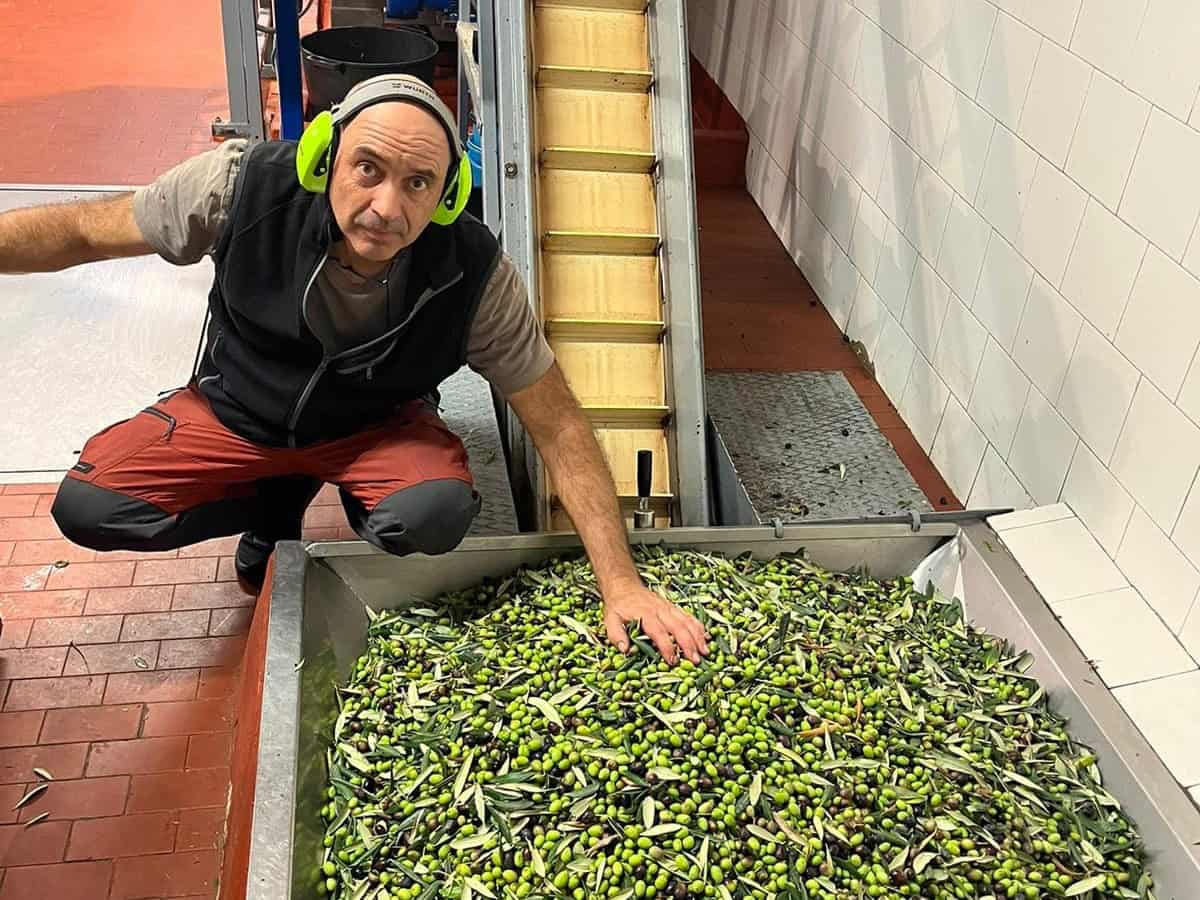
The reopening of the mill and the resumption of activity
"After military service, in 1992, I decided to reopen the business and spent several months restoring the premises and the machines. That year, we went crazy in that little mill, working 24 hours a day: I worked nights, and my father worked days. I will never forget that season. At the end of the season, we evaluated things: the work was beautiful, romantic, but exhausting. It was completely manual, working in 50 square meters, eating and dining there. It was something from another time," Paolo recounts emotionally. However, work could not continue with that type of equipment. Paolo explains that, despite the nostalgia, relocating and changing machinery were necessary steps. "In 1993, we installed a modern continuous cycle system, with a washer, three-wheel millstone, malaxers, decanter, and two separators. It was state-of-the-art at the time, and it was a success, but I was not satisfied with the final product. I always sought to improve, constantly changing the machinery, sometimes even making mistakes."
The turning point with the two-phase mill
In the second half of the 1990s, Paolo decided to purchase new olive groves to increase oil production, fully aware that they wanted to remain small by choice. "A choice driven by romance and our passion, as well as the desire to demonstrate my capabilities and the potential of my land." The final piece of the company’s journey came in 2008 when Paolo decided to switch to a two-phase processing system: "The quality improved significantly, but I kept modifying the mill continuously, up to today." This led to the creation of products like Extremum, a monovarietal Taggiasca oil that consistently stands out as a rare gem in the Ligurian landscape, capable of expressing itself with power and elegance through its vegetal, herbaceous, and nutty notes. This oil, having received the prestigious Tre Foglie (Three Leaves) rating in the Gambero Rosso's "Oli d'Italia" guide for over 10 years, earned Paolo the recognition of a Stella (Star), marking the best olive oil producers in Italy.

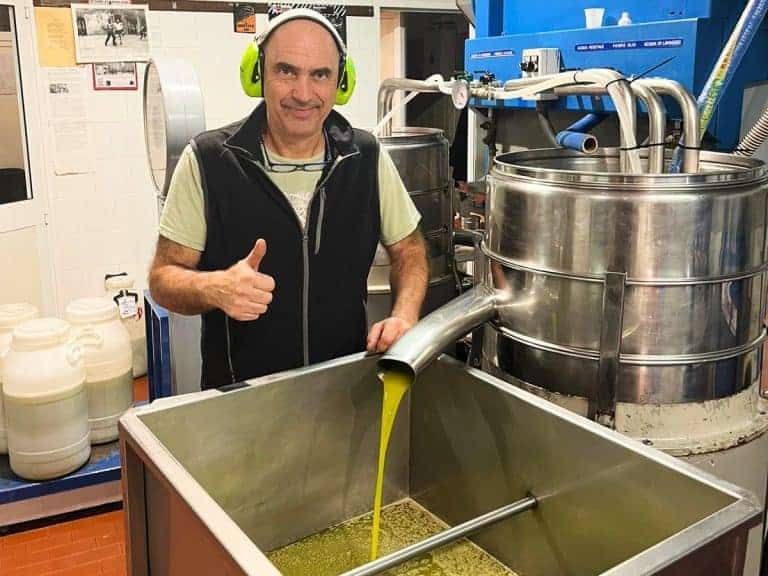
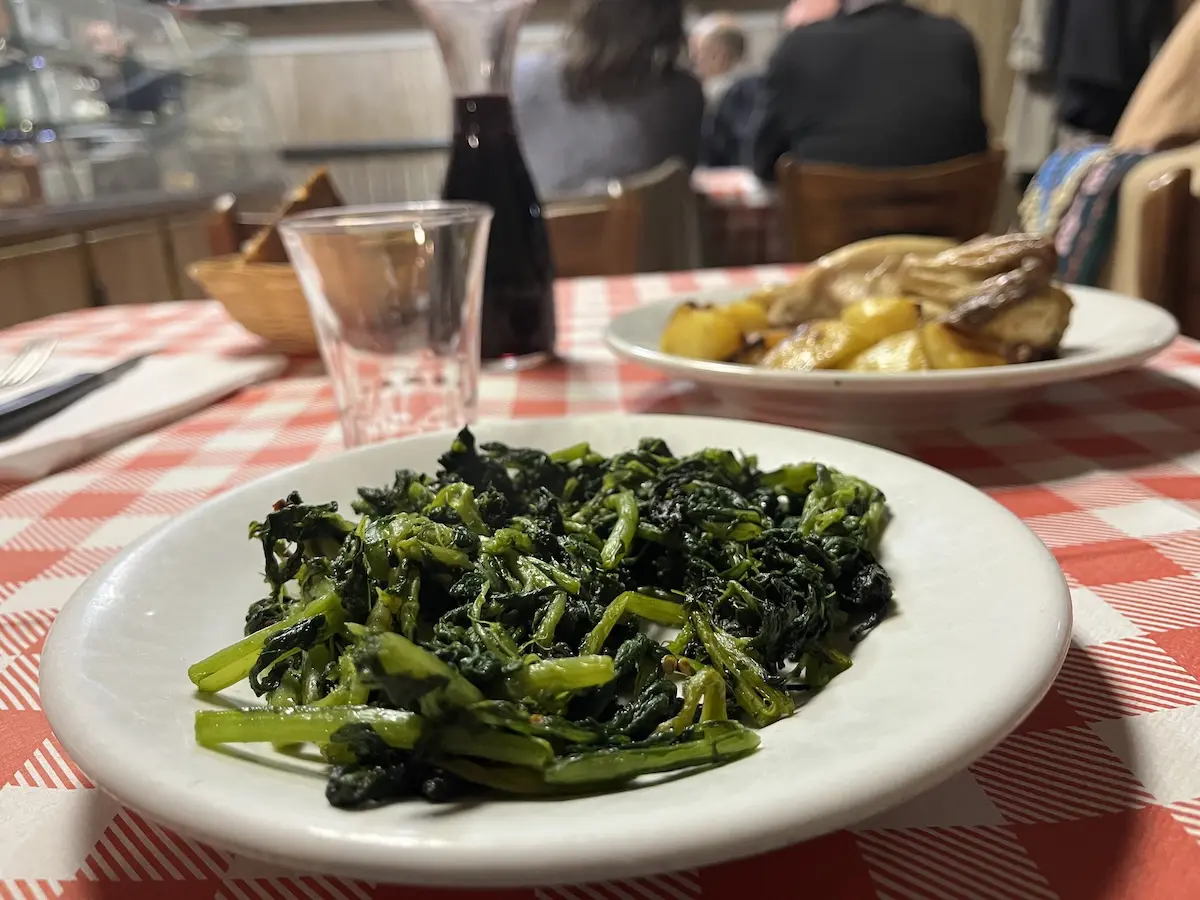 Why not every trattoria should be written about
Why not every trattoria should be written about Brigitte Bardot’s final rosé: the wine that marks the end of an icon
Brigitte Bardot’s final rosé: the wine that marks the end of an icon What you need to know about Italy's new decree on dealcoholised wine
What you need to know about Italy's new decree on dealcoholised wine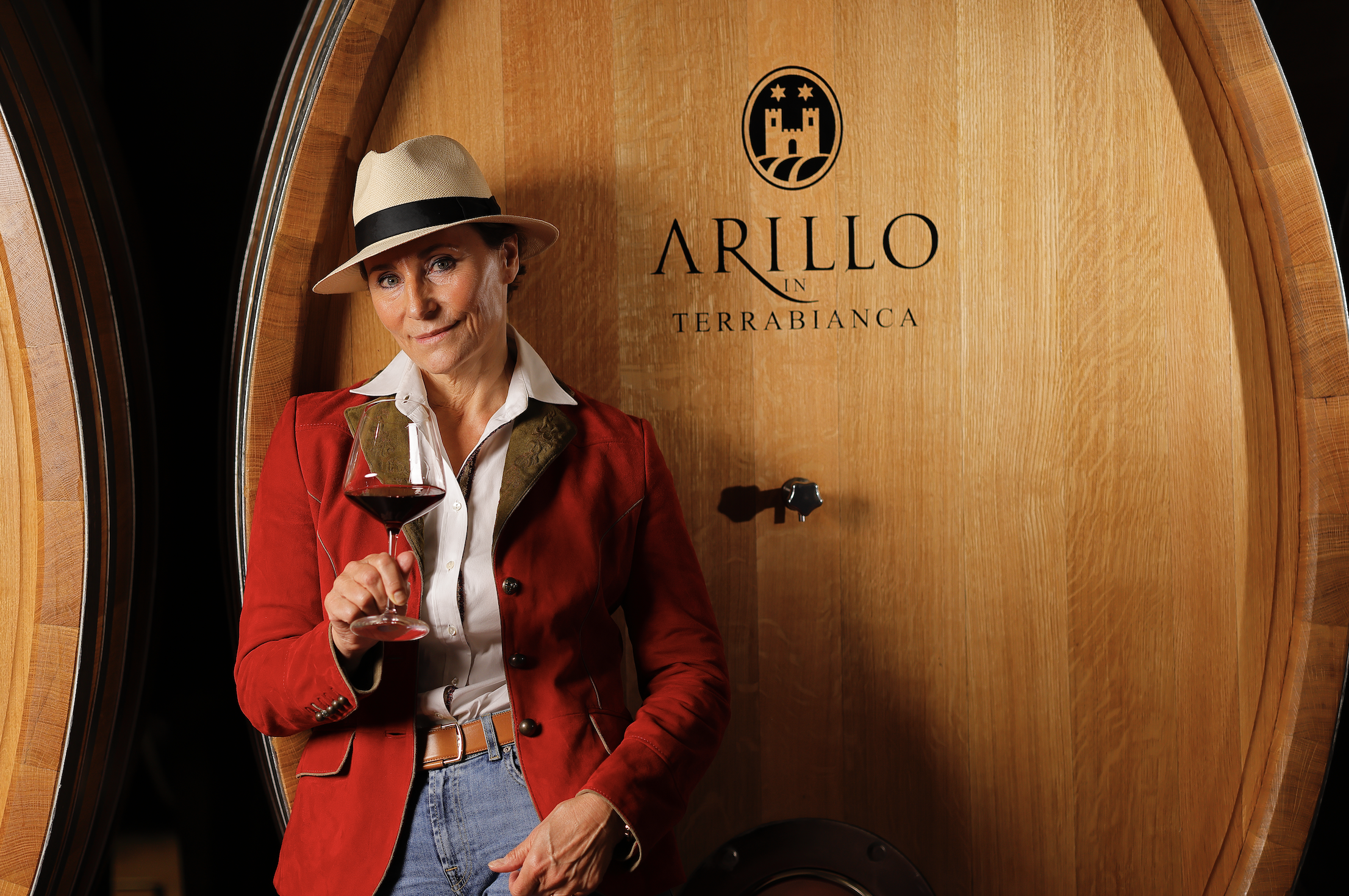 Why Arillo in Terrabianca's organic approach is paying off
Why Arillo in Terrabianca's organic approach is paying off
